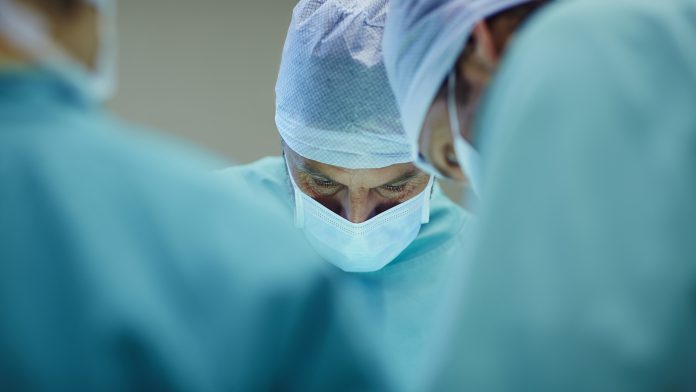
An international study of more than 400 adults concludes that simultaneous repair of heart valves decreased the risk of future severe leakage of the tricuspid valve. The results of the clinical trial were presented at the American Heart Association’s annual scientific sessions meeting.
Heart valves are responsible for regulating blood flow to and from the four chambers of the heart. The valves have leaflets, thin but strong flaps of tissue that work to keep blood from leaking back into the heart. When a valve leaks, this is called regurgitation and symptoms of such include shortness of breath, fatigue, and dizziness.
The most common type of heart valve abnormality
Leaking mitral valves are the most common type of heart valve abnormality and are often repaired or replaced by surgery. Repairing the tricuspid valve is completed by implanting a ring around the valve to treat and prevent the progression of leaks and fluid accumulation in the heart, which can result in an increased risk of death long term.
“There’s a general agreement among surgeons that if there is severe leakage of the tricuspid valve, then we should fix it,” said lead investigator James Gammie, M.D., surgical leader and co-director of the Heart and Vascular Institute at the Johns Hopkins University School of Medicine. “However, there has been considerable uncertainty as to whether the tricuspid valve needs repair at the time of mitral valve surgery when the leakage is only moderate or less.”
Studying simultaneous repair benefits
Researchers conducted an international multicentre, randomised controlled trial at 39 locations across the US, Canada, and Germany between 2016 and 2018 to study the effectiveness and safety of moderate tricuspid valve repair during mitral valve surgery. Of the 401 adults within the study, 203 had only the mitral valve operation, whilst 198 had mitral valve surgery plus tricuspid valve repair. Participants were primarily white men (91% white, 75% men) and, on average, were 67 years old. The researchers assessed the rate of death, repeat operation for tricuspid regurgitation, and progression of whether it leaked.
After two years, the researchers found that overall, those who had both mitral valve and tricuspid valve repaired simultaneously had experienced better outcomes. For example, these individuals had less progression to moderate or severe leakage and improved treatment success than those who only had their mitral valve repaired.
Key findings included:
- 4% of individuals who had both heart valves repaired progressed to moderate/severe tricuspid regurgitation after two years, compared to 25% of those who had the mitral valve surgery alone.
- 6% of individuals who had both heart valves fixed progressed to severe tricuspid regurgitation after two years, compared with 5.6% of those in the mitral valve-only surgery group.
- 2% of patients who had only the mitral valve surgery, treatment was a failure due to death and/or reoperation compared to only 3.9% who had both.
“We clearly need to better understand the risk factors for needing a permanent pacemaker implanted after tricuspid valve repair and how to best mitigate the risk with technique modifications or different postoperative management strategies,” said Gammie. “But for the first time, we have high-level evidence to help us understand what to do in the operating room when it comes to tricuspid valve repair in those with less than severe regurgitation.”
The trial is designed to continue to follow up patients up to five years after surgery to see if there is any further progression of the tricuspid valve leakage.







